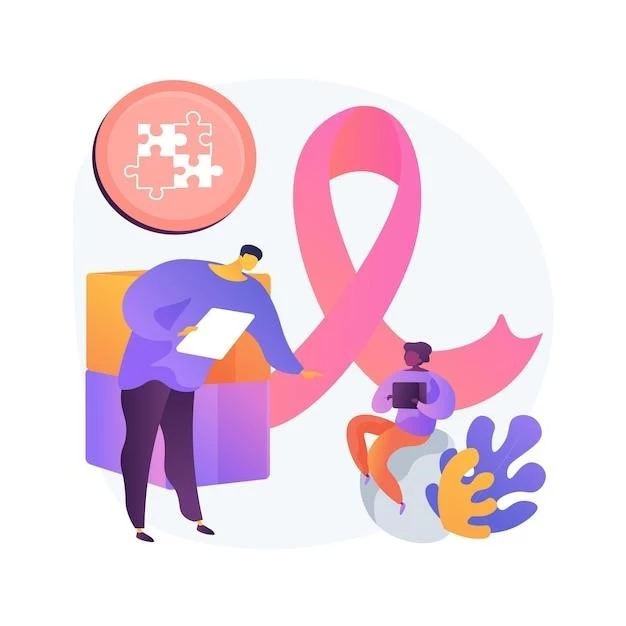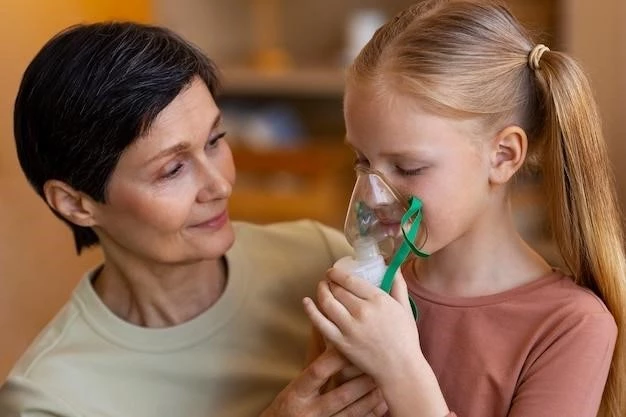Causes of Anisakiasis
Symptoms
Diagnosis
Treatment
Prevention
In Humans
Raw Fish
Complications
Causes of Anisakiasis
Anisakiasis is caused by consuming raw or undercooked seafood contaminated with larvae of a type of roundworm. The larvae can penetrate the stomach or intestinal wall, leading to infection. Common sources include sushi, sashimi, and ceviche.
Symptoms of Anisakiasis
Symptoms of anisakiasis may include severe abdominal pain, nausea, vomiting, diarrhea, and mild fever. In some cases, complications like allergic reactions or bowel obstruction can occur. Seek medical attention if you suspect anisakiasis.
Diagnosis of Anisakiasis
Diagnosing anisakiasis usually involves a detailed history of seafood consumption, imaging tests to locate the larvae, and blood tests to detect specific antibodies. Endoscopy or surgery may be necessary to remove the larvae and confirm the diagnosis.

Treating Anisakiasis
Treatment for Anisakiasis
Treatment for Anisakiasis
Treatment for anisakiasis typically involves endoscopic removal of the larvae. In some cases, medications may be prescribed to alleviate symptoms and combat any resulting inflammation or infection. Severe cases may require surgery to address complications.
Prevention of Anisakiasis
To prevent anisakiasis, it is crucial to avoid consuming raw or undercooked fish and seafood. Freezing fish at appropriate temperatures can kill the parasites. Thoroughly cooking fish and following proper food safety practices can help reduce the risk of anisakiasis infection.
Impact of Anisakiasis
Anisakiasis Complications
Anisakiasis in Humans
Anisakiasis in humans occurs when larvae from infected raw fish invade the gastrointestinal tract, leading to abdominal pain, nausea, and other symptoms. Prompt medical attention is crucial to prevent complications and ensure effective treatment of anisakiasis.
Anisakiasis from Eating Raw Fish
Anisakiasis from consuming raw fish occurs when larvae present in the fish infect humans. Popular dishes like sushi and sashimi are common sources. Properly cooking or freezing fish can help prevent anisakiasis transmission and protect against potential health risks associated with consuming raw or undercooked seafood.
Anisakiasis Complications
Complications of anisakiasis can include allergic reactions, gastrointestinal perforation, and bowel obstruction; In severe cases, surgical intervention may be necessary to address these complications. Early diagnosis and treatment of anisakiasis can help prevent the development of complications and promote full recovery.
